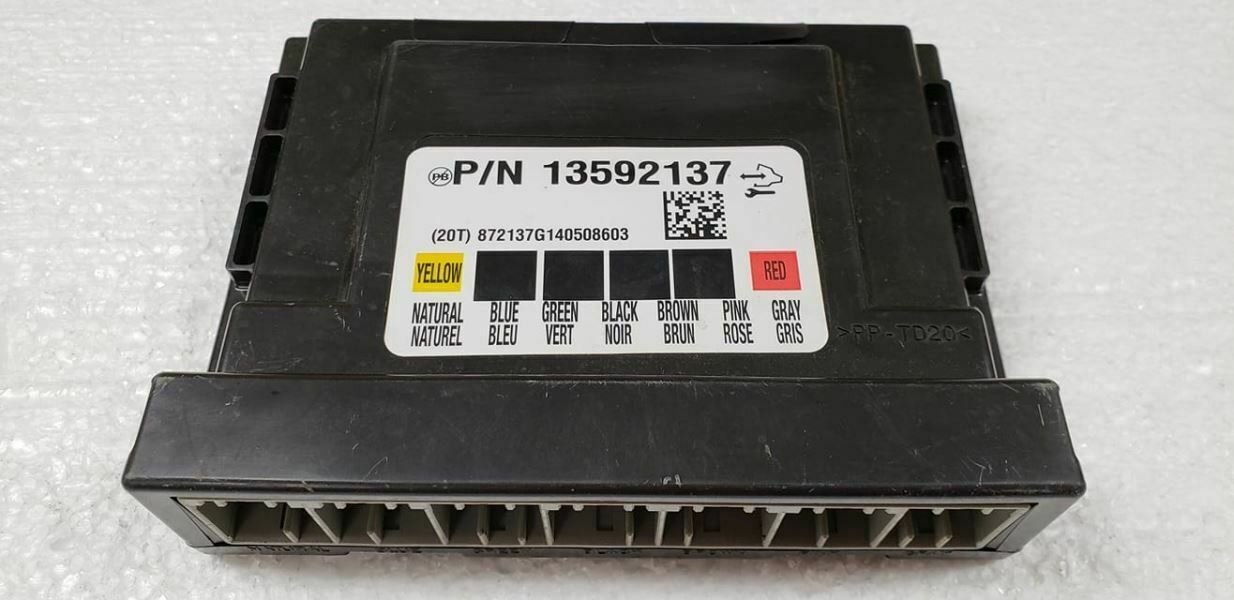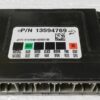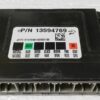Restore Your Truck’s Electrical System with a Plug-and-Play BCM
Are you chasing electrical gremlins in your truck? Flickering lights, power windows with a mind of their own, or random warning messages on your dash are classic signs of a failing Body Control Module (BCM). The BCM is the central hub for your vehicle’s body electronics, and when it starts to fail, it can cause frustrating and unpredictable problems. Instead of paying for expensive diagnostics and programming at the dealership, our mail-in cloning service provides a reliable, cost-effective solution to get your truck back to 100%.
We take the guesswork out of the repair. Simply send us your original BCM, and our expert technicians will transfer all of its critical data—including your vehicle’s VIN, security information, and specific options—to this fully tested replacement unit. When you receive it back, it’s a true plug-and-play installation. This process ensures seamless integration with your truck’s other modules, avoiding the complex and costly programming required for a brand-new BCM from the dealer.
Common Signs of a Failing BCM
If your vehicle is experiencing any of these issues, a faulty BCM is the likely culprit. I’ve seen these symptoms countless times in the shop, often leading to misdiagnosis of other parts. Confirming these can save you time and money.
- ✔ Erratic or non-functional interior and exterior lights.
- ✔ Power windows, door locks, or mirrors operating intermittently or not at all.
- ✔ The security system acting up, or the vehicle failing to start due to an anti-theft issue.
- ✔ False warning lights on the instrument cluster (e.g., ‘Service StabiliTrak,’ ‘Service Airbag’).
- ✔ Diagnostic trouble codes (DTCs) related to communication loss with other modules, such as U0100, U0140, or other ‘U’ codes.
- ✔ Horn, windshield wipers, or radio not working correctly.
From the Diagnostic Bay
A customer brought in his 2015 Sierra 2500, a sister truck to the Silverado, with a complaint that was driving him crazy. His dashboard would light up like a Christmas tree intermittently, the radio would cut out, and sometimes the power locks wouldn’t respond. He’d already replaced the battery and checked grounds. After connecting my scan tool, I saw a dozen communication loss codes pointing to the BCM. Instead of a new module and a full day of programming, we used this exact cloning service. He mailed his module out, got the replacement back, and installed it in his driveway in under 30 minutes. The problems vanished instantly. It’s a solid fix that saves a ton of shop labor and dealer hassle.
Your Straightforward BCM Installation Guide
Installing your cloned 2015 Silverado 3500 Body Control Module is a simple process. The goal is a direct swap. For most GM trucks like the Silverado/Sierra, the BCM is located under the driver’s side of the dashboard, near the steering column.
- Safety First: Disconnect the negative terminal from your vehicle’s battery to prevent any electrical shorts.
- Locate the BCM: On your Silverado, look under the dashboard to the left of the steering column. You may need to remove a lower dash panel for easier access.
- Disconnect the Connectors: Carefully unplug all the electrical connectors from the old BCM. They have locking tabs that need to be pressed to release. Do not force them.
- Remove the Old Module: Unbolt or unclip the original BCM from its mounting bracket.
- Install the New Module: Mount your newly programmed BCM in the same location and securely plug in all the electrical connectors. You should hear a ‘click’ as they lock into place.
- Reconnect and Test: Reconnect the negative battery terminal. Turn the key to the ‘On’ position and test all functions: lights, windows, locks, radio, and wipers to confirm the repair.
Important Post-Installation Notes
While our cloning service makes this a nearly plug-and-play job, some vehicle systems may require a quick sync-up. If the airbag light is on, a professional scan tool is needed to perform the ‘Setup SDM Primary Key in BCM’ procedure. Additionally, some models may require a Brake Pedal Position Relearn to ensure proper brake light and traction control operation. Always consult a factory service manual or a qualified technician if you encounter any issues.
Verified Vehicle Compatibility
This BCM cloning service is compatible with units bearing part numbers 13592137, 13506935, 13506936, 13587704, or 13594764. It is a direct solution for the following GM vehicles:
- ATS (2015-2016)
- Corvette (2015)
- CTS (2015-2016)
- Escalade / Escalade ESV (2015)
- Impala (2015-2016 New Style)
- Sierra 1500 / 2500 / 3500 & Denali Models (2015)
- Silverado 1500 / 2500 / 3500 (2015)
- Sonic (2015-2018)
- Suburban 1500 (2015)
- Tahoe (2015)
- XTS (2015)
- Yukon / Yukon XL 1500 (2015)
Frequently Asked Questions
What does a BCM cloning service involve?
You ship your original BCM to us. We extract the unique vehicle data from it and flash that exact information onto this replacement module. This makes the new part an identical twin to your old one, ensuring it works with your existing keys and settings without dealer programming.
Why is this better than buying a new BCM from a dealer?
This service saves you significant money and time. You avoid the high cost of a new module and the separate, expensive programming fees charged by dealerships. Plus, it’s a plug-and-play solution you can often install yourself.
Will I need to have my keys reprogrammed after installation?
No. Because we clone your original module’s security data, the replacement BCM will recognize your existing keys, saving you another costly procedure.
What if my original BCM is completely dead or not communicating?
In many cases, even if the BCM is failing, we can still extract the necessary data. Please contact us before ordering if your module is severely damaged by water or fire, or if it has no communication whatsoever with a scan tool.
Is there a core charge for this 2015 Silverado 3500 Body Control Module?
No, there is no core charge. You are not required to return your original module to us after the cloning service is complete, though we need it initially to perform the data transfer.


